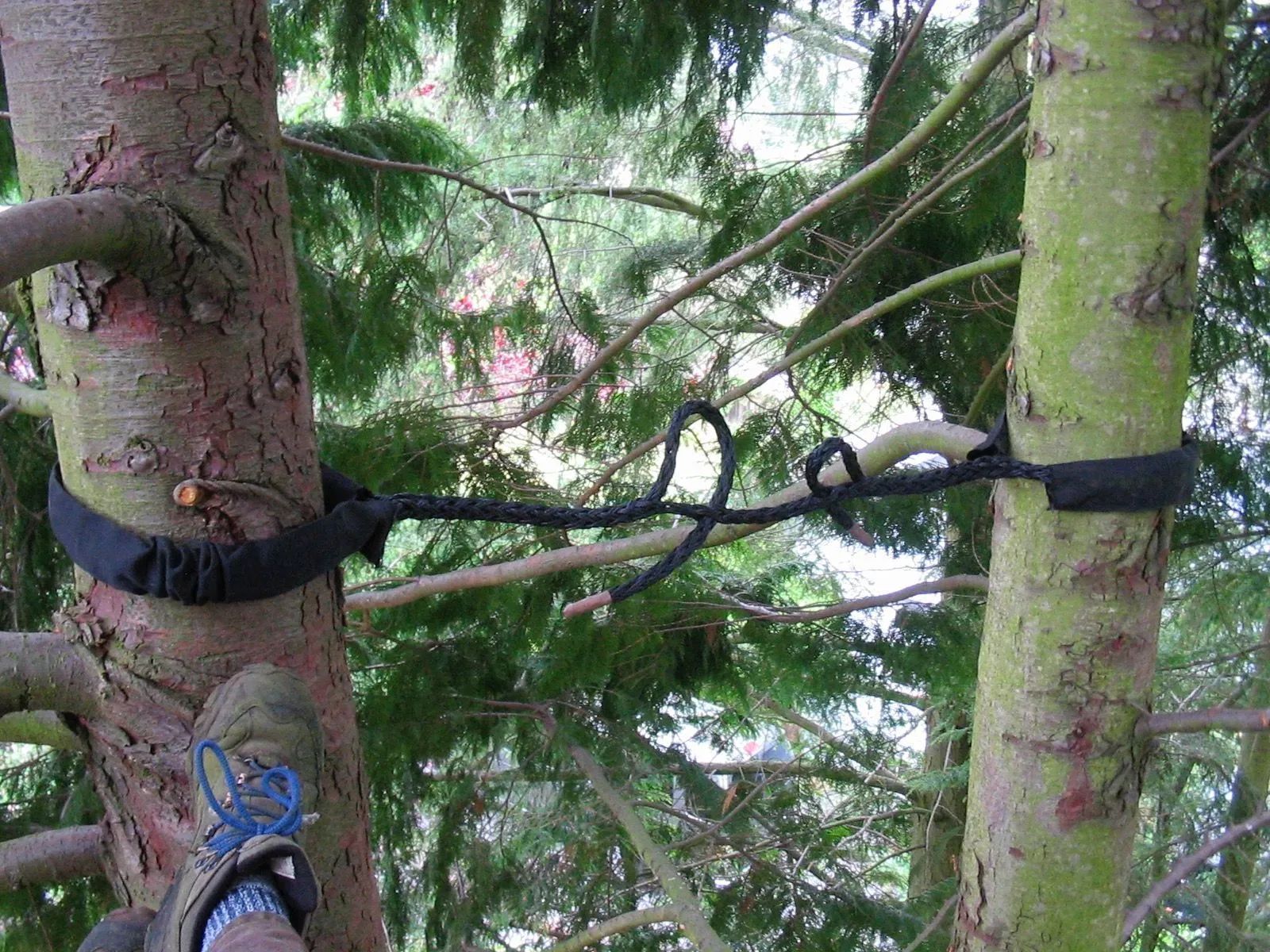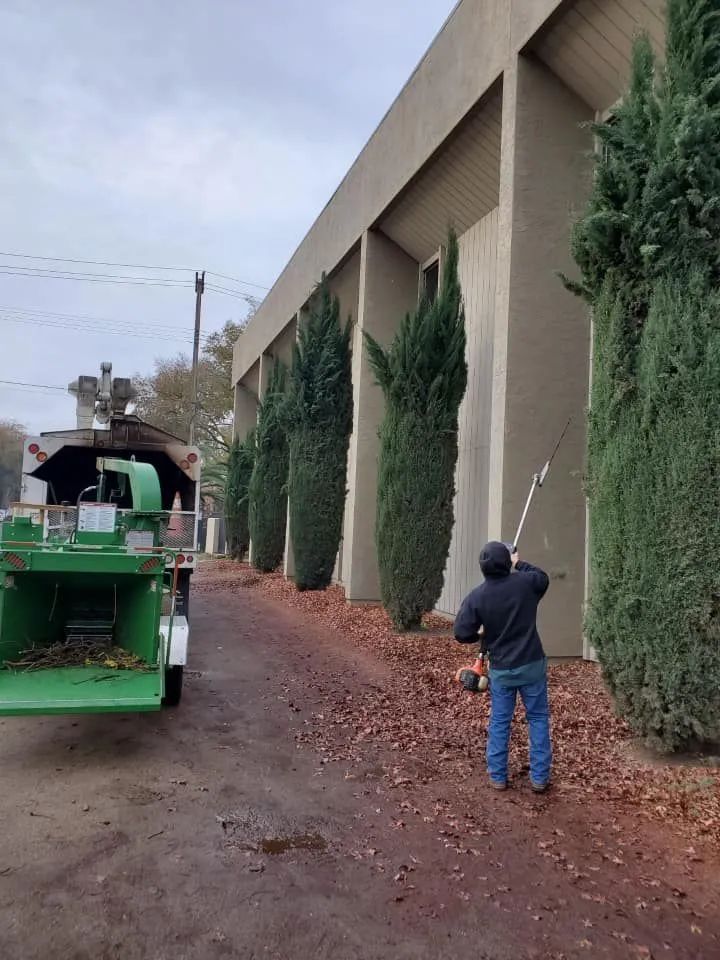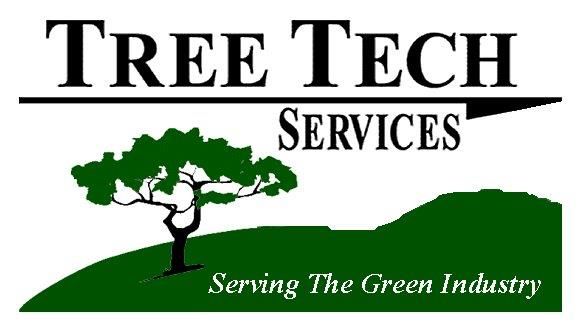Cabling and Bracing: How to Protect Your Trees from Storm Damage
August 15, 2025

Storms are an inevitable part of nature, but they can wreak havoc on your trees—especially mature or structurally weak ones. High winds, heavy rain, and lightning can cause significant damage, leading to broken limbs or even fallen trees. For homeowners and property managers, this damage is not only heartbreaking but can also pose serious safety risks. One of the most effective ways to reduce the threat of storm-related tree damage is through a method known as cabling and bracing.
These preventative techniques help support vulnerable limbs, strengthen tree structure, and ensure longevity. By investing in these systems, you can preserve trees that add shade, value, and natural beauty to your property. Cabling and bracing are a smart choice for those who want to avoid emergency removals or costly storm cleanup. With professional guidance, you can maintain the health of your trees and promote a safer outdoor environment.
Understanding Cabling and Bracing
Cabling and bracing are arboricultural techniques used to strengthen tree structures. Cables are usually installed high in the canopy and help redistribute the weight of heavy limbs, reducing movement during high winds. Braces, on the other hand, are rigid rods placed in the lower part of the tree to provide additional support at critical junctions. These methods work together to reinforce weak branches and split trunks, making them more resistant to storm damage.
This type of structural support is especially useful for mature trees with multiple trunks, V-shaped crotches, or limbs that have grown too long or heavy. Instead of removing large limbs or cutting down the tree, cabling and bracing provide a proactive and non-invasive solution that preserves the tree’s beauty and function.
When Should You Consider Tree Support Systems?
Not all trees need cabling and bracing, but certain indicators suggest it’s time to call a professional. If your tree shows signs of splitting, has long limbs extending over structures or driveways, or if it's a valuable or historic tree worth preserving, it may benefit from structural support. Trees that have previously sustained storm damage or are exposed to frequent high winds are also prime candidates.
An experienced arborist will assess the tree’s condition, species, and location before recommending the right support strategy. It’s crucial not to attempt this on your own; improper installation can worsen structural problems or even harm the tree.
Benefits Beyond Storm Protection
While storm damage prevention is the most immediate benefit, cabling and bracing offer several long-term advantages. These include increased longevity of the tree, reduced risk of injury or property damage, and preservation of trees that contribute to property value and ecosystem health. Additionally, the early installation of these systems can save property owners from costly tree removals and repairs in the future.
Routine inspections should be scheduled to ensure the systems remain secure and effective. Over time, as the tree grows, adjustments or replacements may be necessary.
Trust the Tree Experts in Sacramento
If you're looking to protect your trees from unpredictable storm damage, turn to the experienced professionals at Tree Tech Services. With over 35
years of hands-on expertise in tree care and structural support, we’ve helped countless property owners in Sacramento, CA, preserve the health and safety of their trees. Our knowledgeable team specializes in
custom cabling and bracing solutions tailored to your specific landscape. Let us help you safeguard your trees and your property—reach out to Tree Tech Services
today for a thorough tree risk assessment.






